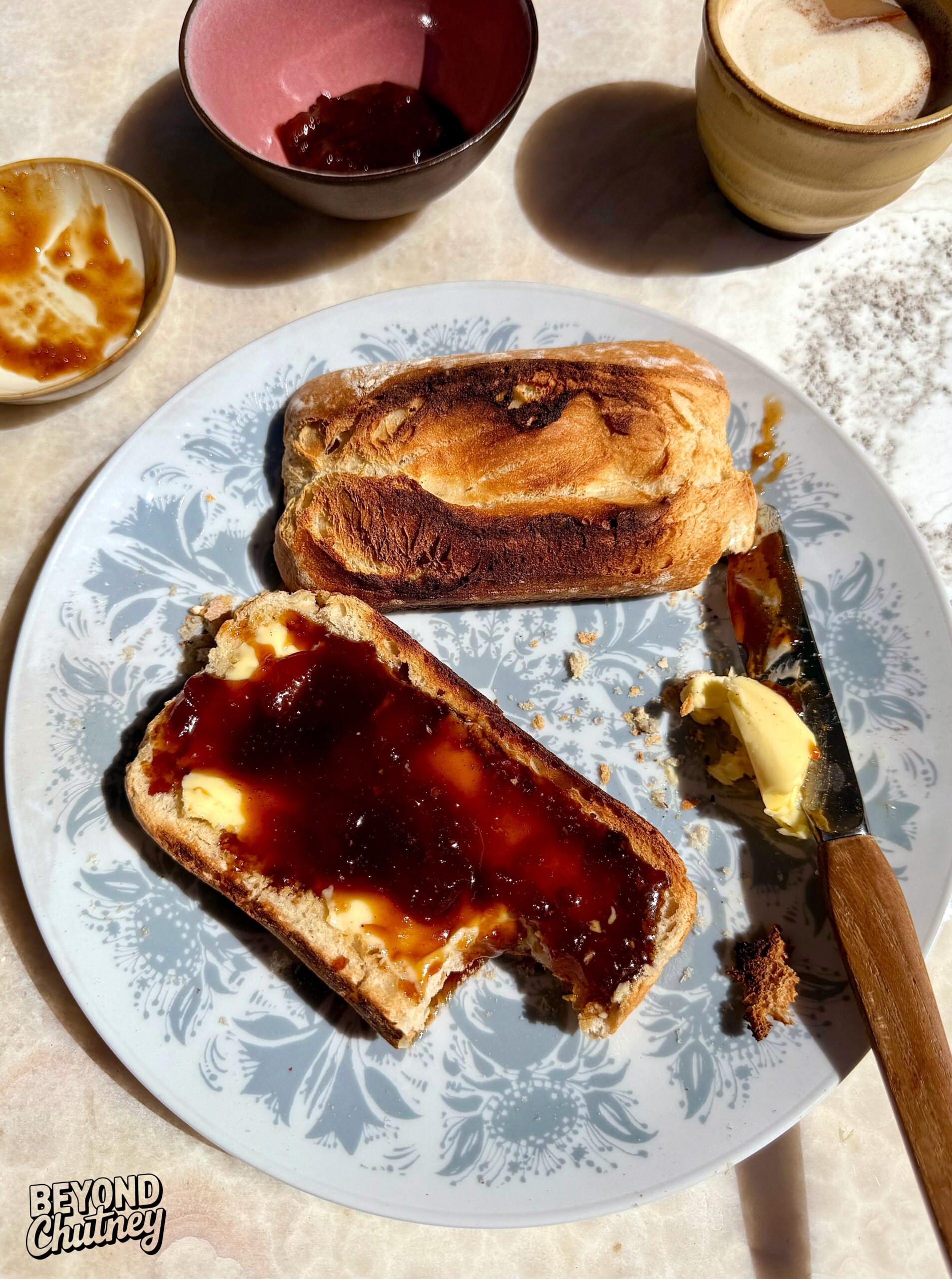 This marmalade started as a bit of an experiment—I had a ripe pineapple, some leftover lemons, and zero intention of making a classic jam. But the more I thought about it, the more the combo made sense. Sweet pineapple, sharp lemon, and a generous amount of zest for that citrusy punch. I added a little coconut sugar for warmth, and then—just out of curiosity—crushed in some pink peppercorns.
This marmalade started as a bit of an experiment—I had a ripe pineapple, some leftover lemons, and zero intention of making a classic jam. But the more I thought about it, the more the combo made sense. Sweet pineapple, sharp lemon, and a generous amount of zest for that citrusy punch. I added a little coconut sugar for warmth, and then—just out of curiosity—crushed in some pink peppercorns.
It turned out to be one of those small-batch recipes that’s hard to forget. The flavor is bright, a little tangy, lightly floral from the pepper, and way more complex than you'd expect from such a simple list of ingredients. I use it on bread, sure—but also with cheese, in yogurt, or even stirred into warm porridge. Definitely not your everyday marmalade, but maybe that’s the point.
Pineapple isn’t native to India or Europe—it originally comes from South America and was spread across the world by Portuguese and Spanish traders in the 15th and 16th centuries. In India, it found a natural home in the tropical south and northeast, where it became part of both sweet and savory recipes: chutneys, curries, pickles, even yogurt dishes.
Lemon, on the other hand, has a much longer and wider culinary history in South Asia and the Mediterranean. In Indian kitchens, lemon juice and zest are everyday ingredients—used to finish spiced dishes, preserve pickles, or brighten up fruit salads and chaats.
The combination of sweet fruit with sharp citrus and warming spices goes back centuries in many cultures. In the colonial era, British marmalades and French preserves met Indian chutneys and spice blends. Ingredients like pink peppercorns—technically not true pepper but still spicy and aromatic—add a soft floral heat that bridges the gap between fruit and spice.
This recipe isn’t traditional in any one cuisine, but it draws on all of that history: the tropical sweetness of pineapple, the bold citrus of lemon, and the gentle heat of spice. It feels both playful and rooted—which is probably why it works so well.
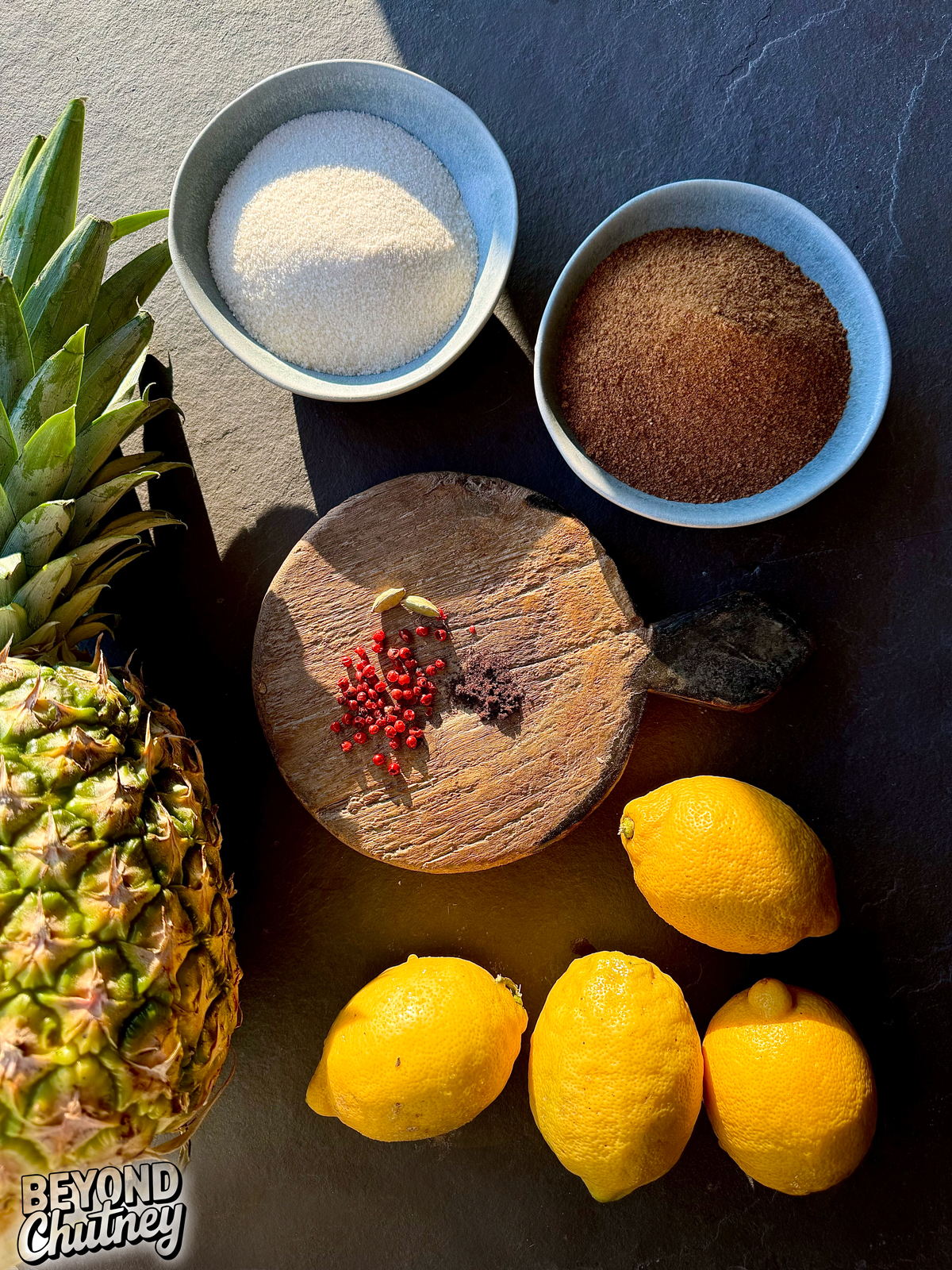
🍍🍋 Pineapple Lemon Marmalade with Pink Peppercorns & Coconut Sugar
Ingredients
- 500 g fresh pineapple finely chopped
- 2 tablespoon lemon juice freshly squeezed
- Zest of 2 large lemons or 3 if you like it bold—this gives a strong citrus punch
- 100 g coconut sugar
- 150 g gelling sugar 2:1 ratio – adjust if your brand differs
- ½ teaspoon ground cardamom or seeds from 4 green pods, crushed
- ½ teaspoon vanilla extract or seeds from ½ vanilla bean
- ½ teaspoon crushed pink peppercorns adjust to taste
Instructions
- Prep the fruit: Finely chop the pineapple (or pulse it in a food processor for a smoother texture). Zest the lemons first, then juice them.
- Combine everything: In a medium saucepan, add the chopped pineapple, lemon juice, lemon zest, coconut sugar, gelling sugar, and crushed pink peppercorns.
- Cook the marmalade: Bring the mixture to a boil over medium-high heat, stirring regularly. Once it's bubbling, let it cook for 3–4 minutes, or follow the time specified on your gelling sugar package.
- Check the set: To test the consistency, place a small spoonful on a cold plate. Let it sit for a minute, then push it with your finger — if it wrinkles slightly, it's ready.
- Fill and seal: Pour the hot marmalade into clean, sterilized jars. Seal immediately. If your jars require it, turn them upside down for a few minutes, then let them cool at room temperature.
Notes
- Texture tip: If you prefer a smoother marmalade, pulse the chopped pineapple in a food processor before cooking. For chunkier texture, just chop finely by hand.
- Sugar swap: Coconut sugar adds a rich, caramel-like note. You can substitute it with regular cane sugar or light brown sugar for a milder flavor.
- Gelling sugar note: This recipe uses a 2:1 gelling sugar (2 parts fruit to 1 part sugar). If using a different ratio (like 3:1 or 1:1), adjust the amount and cooking time according to your package instructions.
- Spice level: Pink peppercorns add a soft, floral heat. You can reduce the amount for a milder version or add a pinch of chili flakes for a spicier twist.
- Set test tip: If the gel test doesn’t wrinkle after cooling, boil for another 1–2 minutes and test again.
- Storage: Store in sterilized jars in the fridge for up to 3 weeks. For longer shelf life, process jars in a water bath for 10 minutes.
- Serving ideas: Amazing on toast, swirled into yogurt, served with soft cheese like brie or chèvre, or spooned over warm oatmeal or rice pudding.
Recipe Twist Ideas
1. Add ginger:Grate in a teaspoon of fresh ginger for a zingy, slightly spicy edge that pairs beautifully with the pineapple. 2. Make it tropical:
Swap half the pineapple for ripe mango or papaya for a fruitier, more exotic flavor. 3. Citrus mix-up:
Use orange or lime zest instead of lemon for a different citrus note — or combine all three for a more complex marmalade. 4. Spice it up:
Add a small pinch of ground cinnamon, star anise, or even chili flakes for a warming or spicy kick. 5. Boozy version:
Stir in a tablespoon of rum or dark spiced liquor after cooking (before filling the jars) for a grown-up twist. 6. Herbal touch:
Add a few fresh thyme or basil leaves while cooking, then remove before blending — adds a surprising savory note. 7. Coconut boost:
Stir in 1–2 tablespoons of desiccated coconut at the end for more texture and coconut flavor. 8. Jam with a crunch:
Add a spoonful of chopped roasted cashews or almonds when serving for extra texture and contrast. 9. Less sweet, more savory:
Reduce the sugar and add a pinch of salt + extra peppercorns for a chutney-like version that works well with grilled meats. 10. Make it creamy:
Blend with a spoonful of Greek yogurt or coconut cream and serve as a fruity dip or topping for pancakes.
Nutrition
FAQs – Pineapple Lemon Marmalade with Pink Peppercorns
1. Can I use canned pineapple instead of fresh?
Yes, you can use canned pineapple chunks in natural juice (not syrup). Drain them well before cooking, and slightly reduce the sugar since canned fruit is usually sweeter.
2. What does the pink peppercorn add?
Pink peppercorns give a gentle, floral heat that balances the sweetness of the fruit. They’re milder than black pepper and add a subtle spice and aroma rather than sharp heat.
3. Can I use regular sugar instead of coconut sugar?
Absolutely. White or light brown sugar works fine. Coconut sugar just adds a caramel-like depth, so you might miss a little of that warmth.
4. Do I need gelling sugar?
Gelling sugar (or jam sugar) ensures the marmalade sets properly. If you use plain sugar, add pectin according to package instructions, or cook longer until it thickens naturally.
5. How long does this marmalade last?
It keeps for about 3 weeks in the fridge. For longer storage, process sealed jars in a boiling water bath for 10 minutes and store them in a cool, dark place.
6. Can I make it without cardamom or vanilla?
Yes. Both are optional flavor enhancers. You can skip them or replace with a bit of grated ginger, cinnamon, or even lime zest for a different twist.
7. What can I serve it with besides toast?
It’s great with soft cheeses like brie or goat cheese, swirled into yogurt, spooned over pancakes or oatmeal, or served as a glaze with roasted chicken or pork.
8. How do I know when the marmalade is ready?
Do the “wrinkle test”: place a small spoonful on a cold plate, let it sit for a minute, then push it with your finger. If it wrinkles slightly, it’s set.
9. Can I reduce the sweetness?
Yes. Use less sugar and cook a little longer to thicken. For a more savory twist, add a pinch of salt and extra peppercorns to balance the flavor.
10. Can I make a tropical variation?
Definitely! Try swapping half the pineapple for mango or papaya, or add a splash of rum or coconut cream for a richer, island-inspired marmalade.



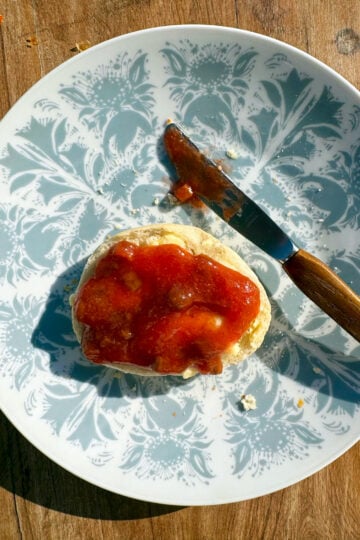
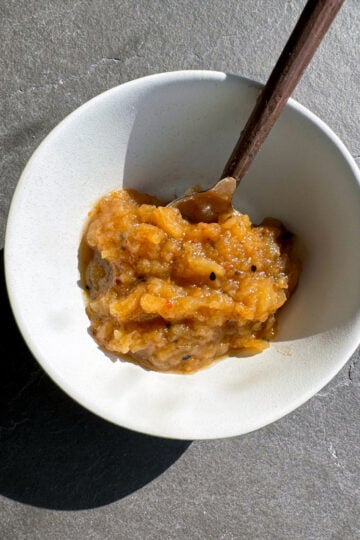

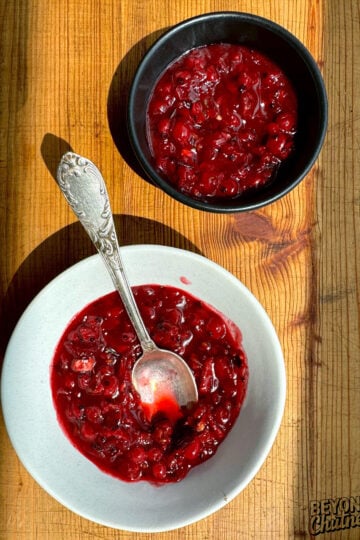
Have a question or something to share? Leave a comment below!